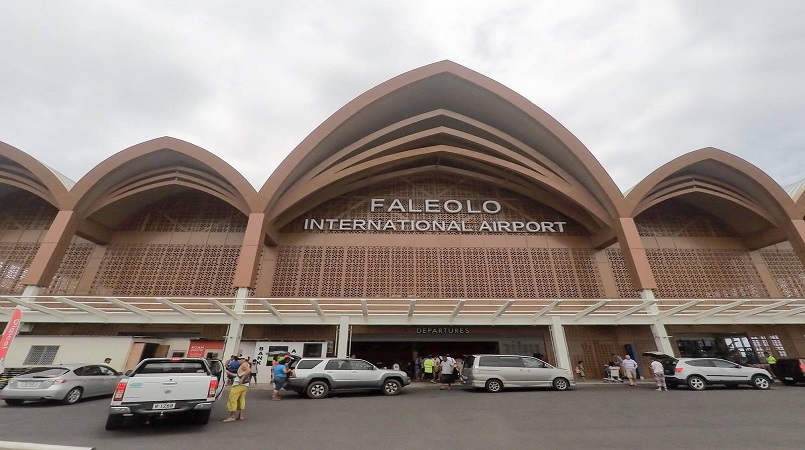
In the first blog in this two-part series, we showed that net migration rates to Australia and New Zealand from Samoa are about equal, but that nearly all Samoans who migrate to Australia (96%) do so after becoming citizens of New Zealand.
Clearly, Samoans migrate to New Zealand because they can, but why do about half of Samoan migrants to New Zealand subsequently depart for Australia?
A clue as to the reason behind this massive indirect migration is contained in the next graph, which shows average remittances to Samoa per migrant from the main diaspora countries. Clearly, Samoans in Australia remit an increasingly larger amount per migrant than Samoans in New Zealand. In 1995, the amounts were about the same, but now per capita remittances from Australia are about two and a half times as big as from New Zealand. Pacific islanders migrate in part to remit, but presumably higher remittances also suggest a higher standard of living. Perhaps more skilled migrants are more likely to move from Australia to New Zealand, but the graph does suggest that there are economic drivers behind the indirect migration to Australia via New Zealand.
Samoans who are New Zealand citizens but living in Australia are not permanent residents. However, as New Zealanders in Australia they do get several benefits, including: family assistance, the old-age and disability pensions, Medicare, free schooling, and the JobKeeper payment (during COVID-19). If they have been in Australia long enough (ten years), they have access to HELP (interest-free loans for tertiary education) and some unemployment benefits. Only those who arrived before 2001 have access to the NDIS.
From a policy point of view, Australia, via its visa-free travel agreement with New Zealand, is providing preferential migration treatment for Samoa. And not only Samoa, but, as the graph below shows, Fiji, Tonga, Cook Islands and Niue. Though Samoa is the dominant user: for the period shown, 58% of all Pacific Islanders coming to Australia via the New Zealand pathway were Samoans. Many more Fijians migrate to New Zealand through skilled pathways: they presumably do well in NZ, and so the economic imperative to uproot again is weaker. Tongans, like Samoans, migrate to New Zealand using mainly unskilled visas, but fewer Tongans migrate to New Zealand and, for whatever reason, a lower share make the onward journey to Australia.
Figure 6 also makes it clear that the New Zealand pathway is the dominant migration route for Pacific islanders coming to Australia. Only Fiji has significant numbers coming to Australia outside of the NZ pathway. Using data available for 2013-17, 55% of the annual average of 3,600 Pacific islanders (by birth) migrating to Australia did so via New Zealand (12% of average annual New Zealand citizen settlement in Australia). If we exclude Fiji, that ratio increases from 55% to 72%.
The countries that have preferential or open access to New Zealand are to be congratulated for taking advantage of it. It does seem though that Australia has outsourced its Pacific migration policy to New Zealand. What about those Pacific countries that don’t have special access to New Zealand, and that are in much more need of migration opportunities, in particular PNG, Solomon Islands and Vanuatu? We should as a country be taking a much more strategic approach to Pacific migration, and open up a Pacific window into Australia’s permanent migration regime.
Written by Stephen Howes, Sherman Surandiran
Photo file Faleolo International Airport, Samoa
